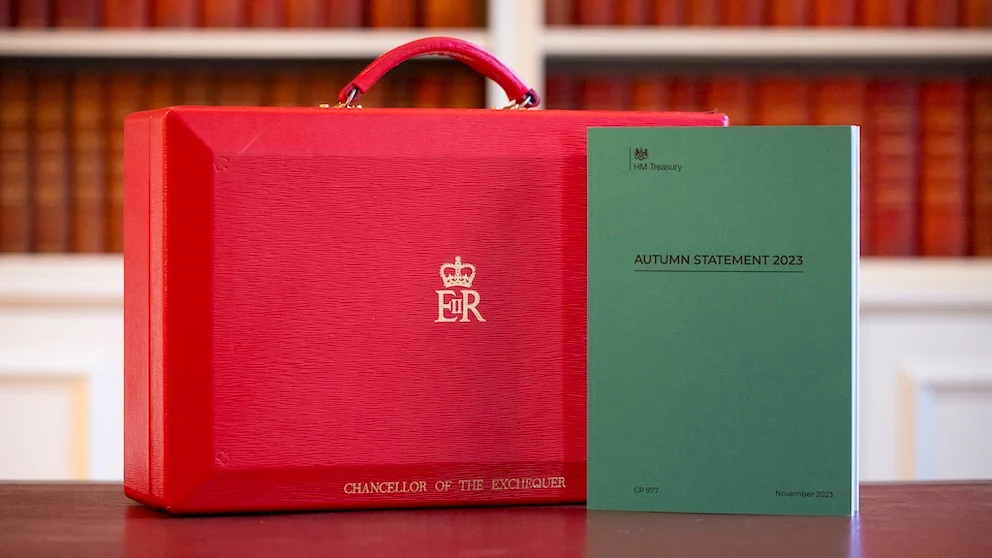On Tuesday, the British government announced a plan to remove EU laws on nutrient neutrality in a bid to allow over 100,000 new homes to be built. Nutrient neutrality rules were created to ensure that the environment is not polluted by materials created by new building projects. By removing the laws, the government intends to implement other measures to tackle pollution.
This announcement was met with swift response, particularly in the charity space where the RSPB – the UK’s largest nature conservation charity took to X (formerly known as Twitter) to call out government officials as ‘liars’ in a post.
In a few hours the post had garnered over 30,000 likes and 17,000 reposts. Initially, RSPB was quick to stand by their comments but in just three short hours they went onto issue an apology and an updated Tweet with a noticeably softer stance focused on policy shifts as opposed to government officials.
So, what does this situation teach us about how brands and non-profits respond in the face of fluctuating government policies?
- It’s all about process.
If you want to make a statement, go ahead. But before doing so, the first question to ask is what processes and protocols need to be followed? In all organisations, whether large or small, its critical to have a clear-cut communications playbook for individuals with access to external channels of communication to follow. Relevant employees should be thoroughly trained to ensure they understand the steps that need to be followed, including any approvals required. In the instance of RSPB, the Tweet did not go through the proper communication approvals, which subsequently hit the charity in the place that hurts the most – their reputation.
- Know your audience and context.
In today’s world businesses and non-profits are increasingly facing blurred lines within their realms of work. Traditionally, charities have always been viewed as bipartisan organisations, but with the interlinked landscape of today, they are often caught up in topics which many view as political. When it came to RSPB, much of the criticism came from two main areas, the first being the fact that a publicly-funded charity was seen to be “entering politics” as opposed to focusing on their mission. The second being that the tone of the post seemed ‘off brand’ which people picked up on. In these scenarios, it’s where brand guidelines and communication filters really come into their own- this helps guide on important things like language.
- If you want to be bold, stick to your message.
The first rule about being bold is being ready to face the consequences that come with it. Because let’s face it, not everybody can be bold and not everybody wants to be bold. As a result, once consumers and media see an organisation step in the direction of boldness, they are often faced with polarising responses. However, the key to sustaining the message is being able to back your boldness with the right tone. This means that making sure that all spokespeople are well-versed in the proof-points that support the company’s message; and that they can stick by that message when challenged. When RSPB followed up on social media with a revised version which echoed the same messaging but with a different sentiment; the company had already gone viral, and the reframed statement had little impact on the situation. Nonetheless, the company saw the need to rectify and reframe their tone to whilst sticking to their messaging across social and in media interviews.
Ultimately, RSPB’s incident was an important reminder on how consumers and media constantly have their eyes and ears open to what organisations and non-profits are saying externally. Gone are the days, where Tweets will be glossed over, but instead people are calling out boldness whether good or bad. And if brands want to survive, they have no choice but to be prepared to back their boldness, in the right way.

















